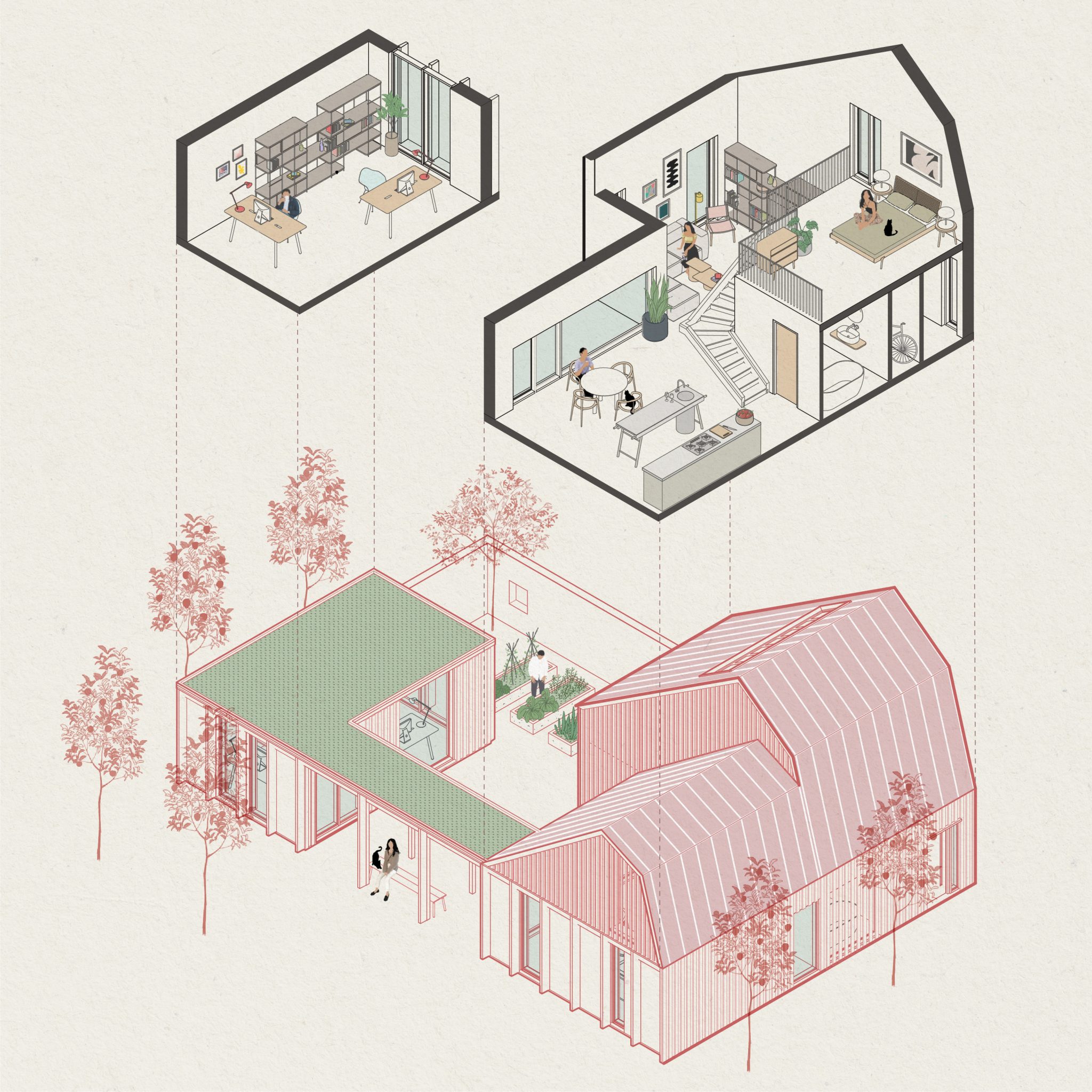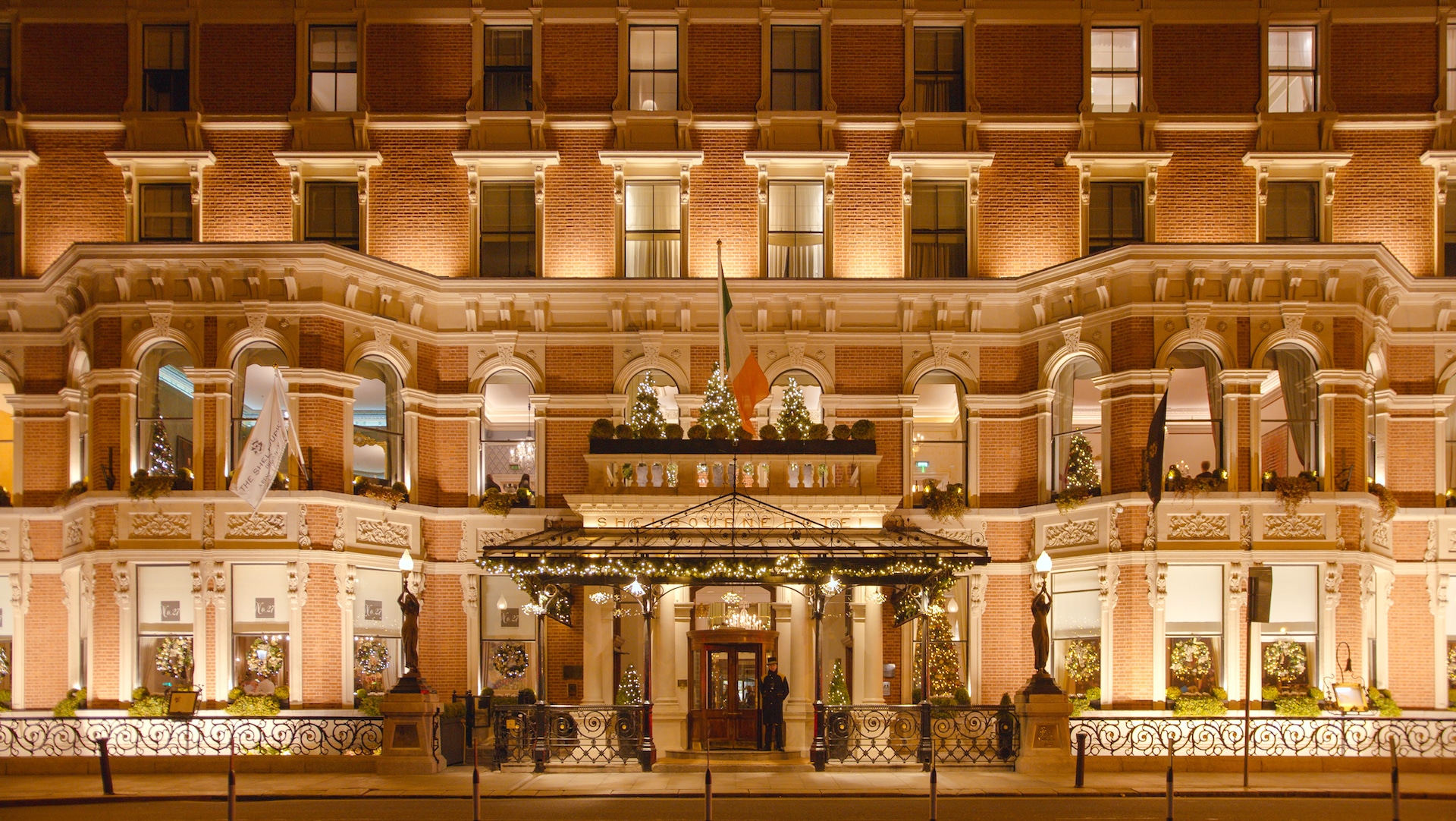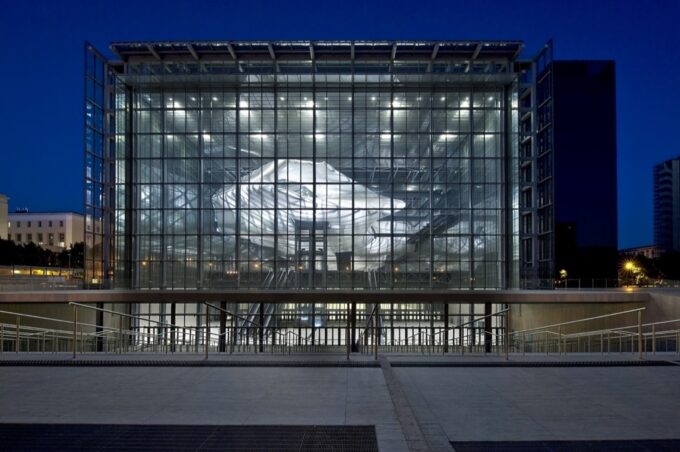- Home
- Articles
- Architectural Portfolio
- Architectral Presentation
- Inspirational Stories
- Architecture News
- Visualization
- BIM Industry
- Facade Design
- Parametric Design
- Career
- Landscape Architecture
- Construction
- Artificial Intelligence
- Sketching
- Design Softwares
- Diagrams
- Writing
- Architectural Tips
- Sustainability
- Courses
- Concept
- Technology
- History & Heritage
- Future of Architecture
- Guides & How-To
- Art & Culture
- Projects
- Interior Design
- Competitions
- Jobs
- Store
- Tools
- More
- Home
- Articles
- Architectural Portfolio
- Architectral Presentation
- Inspirational Stories
- Architecture News
- Visualization
- BIM Industry
- Facade Design
- Parametric Design
- Career
- Landscape Architecture
- Construction
- Artificial Intelligence
- Sketching
- Design Softwares
- Diagrams
- Writing
- Architectural Tips
- Sustainability
- Courses
- Concept
- Technology
- History & Heritage
- Future of Architecture
- Guides & How-To
- Art & Culture
- Projects
- Interior Design
- Competitions
- Jobs
- Store
- Tools
- More

Innovative Ways to Make Your Home Eco-Friendly
In recent years, the world has become more environmentally conscious, and the interior design industry is no exception. Sustainable interior design has gained immense popularity among homeowners and designers alike, with the focus shifting towards eco-friendly materials, energy-efficient appliances, and responsible waste management. While biophilic design has been one of the most talked-about sustainable interior design trends, there are other innovative ways to make your home more sustainable. In this article, we will discuss some of these trends that you can incorporate into interior design of residential spaces.
- Upcycling and Repurposing
Upcycling and repurposing have become increasingly popular in sustainable interior design. Instead of throwing away old or unused items, they are given new life by transforming them into something new and useful. For example, old wooden pallets can be transformed into stylish and functional furniture, and discarded glass bottles can be turned into decorative vases.
Upcycling involves taking an object and creatively transforming it into something of higher value and function, while repurposing involves using an object for a purpose other than its original intended use. Here are some examples of upcycling and repurposing.

For instance, old wooden pallets can be transformed into stylish and functional furniture. Pallets can be sanded, painted or stained and then repurposed into coffee tables, bookshelves, bed frames, and even garden benches. Vintage suitcases can be repurposed into unique storage solutions or side tables. By adding some legs or attaching several suitcases together, you can create a functional and stylish piece of furniture that also adds character to your home decor. In interior design, discarded glass bottles can be turned into decorative vases, candleholders, or even drinking glasses. By cutting off the bottom of a glass bottle and smoothing out the edges, you can create a unique and eco-friendly piece of home decor.
- Natural and Sustainable Materials
Using natural and sustainable materials is another sustainable interior design trend that is gaining popularity. Natural materials like bamboo, cork, and hemp are not only eco-friendly but also aesthetically pleasing. They are renewable, biodegradable, and non-toxic, making them a great choice for homeowners who want to reduce their carbon footprint. Natural and sustainable materials are materials that are derived from renewable sources and have minimal negative impact on the environment. These materials are often preferred in sustainable interior design because they are biodegradable, non-toxic, and have a low carbon footprint.

For example, bamboo is a fast-growing plant that can be harvested in just a few years, making it an excellent renewable resource. It is also durable, strong, and lightweight, making it a popular choice for furniture, flooring, and decorative items. In addition, cork is harvested from the bark of the cork oak tree and is a highly sustainable material. The bark is harvested without harming the tree, which can continue to produce cork for over 200 years. Cork is a versatile material that can be used for flooring, wall coverings, and even furniture. Using recycled materials is another way to incorporate natural and sustainable materials into interior design. For example, recycled glass can be used for decorative objects and countertops, and reclaimed wood can be used for furniture and flooring.
Their natural textures, colors, and patterns can add warmth, depth, and character to any interior space. By incorporating these materials into your home, you can create a beautiful and eco-friendly living environment.
- Energy-Efficient Lighting
Energy-efficient lighting is another trend that is becoming more popular in sustainable interior design. LED lights, for example, consume less energy and last longer than traditional incandescent bulbs. They also come in a variety of colors and can be used to create different moods and atmospheres in a room.

- Water-Saving Fixtures
Water-saving fixtures are another sustainable interior design trend that is becoming more popular. Low-flow toilets, showerheads, and faucets are all examples of water-saving fixtures that can help conserve water and reduce your utility bills. They are designed to use less water while still providing the same level of performance as traditional fixtures.
- Smart Home Technology
Smart home technology is an innovative way to make your home more sustainable. With smart thermostats, you can control the temperature of your home remotely and reduce your energy consumption. Smart lighting systems can also be controlled remotely, allowing you to turn off lights when they are not in use.

Submit your architectural projects
Follow these steps for submission your project. Submission FormLatest Posts
General Arrangement Drawings in Architecture: The Backbone of Clear Design Communication
General Arrangement Drawings explained: what they are, when to use them, how...
The Ultimate Guide to Fencing in North Dakota: Choosing the Best Fence for Your Property
Watching a chain link fence twist in 70 mph winds near Minot...
Gaudí: Where Architecture Meets Science
Gaudí: Where Architecture Meets Science shows catenary arches, ruled surfaces, and biomimicry...
How Housing Market Forces Shape Architectural Design Today
Architecture never exists in isolation. Buildings rise from a mix of ambition,...












Leave a comment